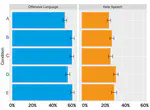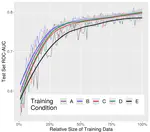Stephanie Eckman
Researcher & Data Scientist
I have a Ph.D. in Statistics & Methodology. I collect high quality data for social science and model training
Skills
Experience
- Conducting and publishing research into data quality
- Mentoring junior researchers
- Providing scientific leadership to the institute
- Conducting and publishing research
- Advising on design of IAB surveys
- Conducting and publishing research
- Teaching courses in data analysis & research methods
- Mentoring students
Recent Publications
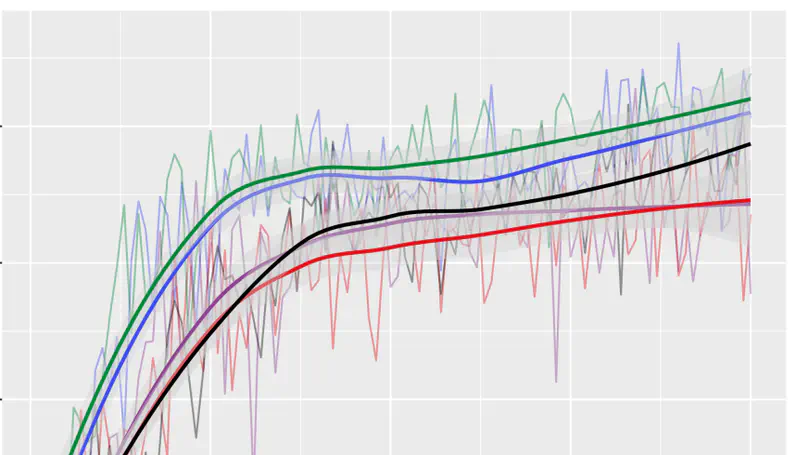
When training data are collected from human annotators, the design of the annotation instrument, the instructions given to annotators, the characteristics of the annotators, and their interactions can impact training data. This study demonstrates that design choices made when creating an annotation instrument also impact the models trained on the resulting annotations. We introduce the term annotation sensitivity to refer to the impact of annotation data collection methods on the annotations themselves and on downstream model performance and predictions. We collect annotations of hate speech and offensive language in five experimental conditions of an annotation instrument, randomly assigning annotators to conditions. We then fine-tune BERT models on each of the five resulting datasets and evaluate model performance on a holdout portion of each condition. We find considerable differences between the conditions for 1) the share of hate speech/offensive language annotations, 2) model performance, 3) model predictions, and 4) model learning curves. Our results emphasize the crucial role played by the annotation instrument which has received little attention in the machine learning literature. We call for additional research into how and why the instrument impacts the annotations to inform the development of best practices in instrument design.
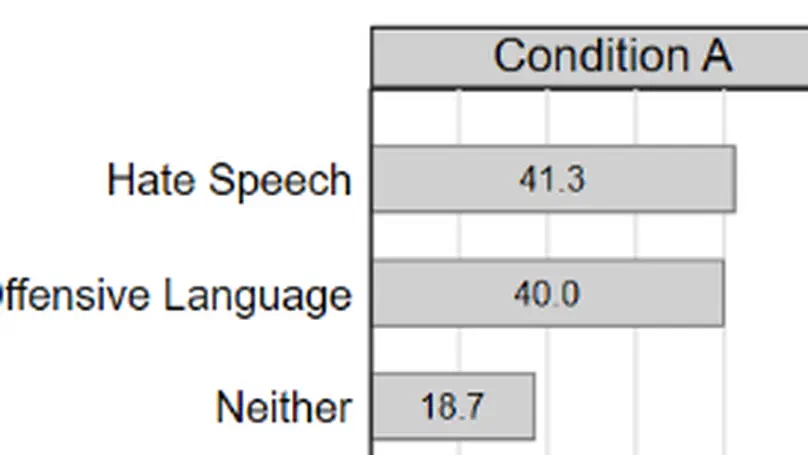
Although often seen as a gold-standard, human labeled training data is not error free. Decisions in the design of labeling tasks can impact the resulting labeled data and impact predictions. Building on insights from survey methodology, a field that studies the impact of instrument design on survey data and estimates, we examine how the structure of a hate speech labeling task affects which labels are assigned. We also examine what effect task ordering has on the perception of hate speech and what role background characteristics of annotators have on classifications provided by annotators. The study demonstrates the im-portance of applying design thinking at the earliest steps of ML product development. Design principles such as quick prototyping and critically assessing user interfaces are not only important in interaction with end users of an artificial intelligence (AI)-driven products, but are crucial early in development, prior to training AI algorithms.
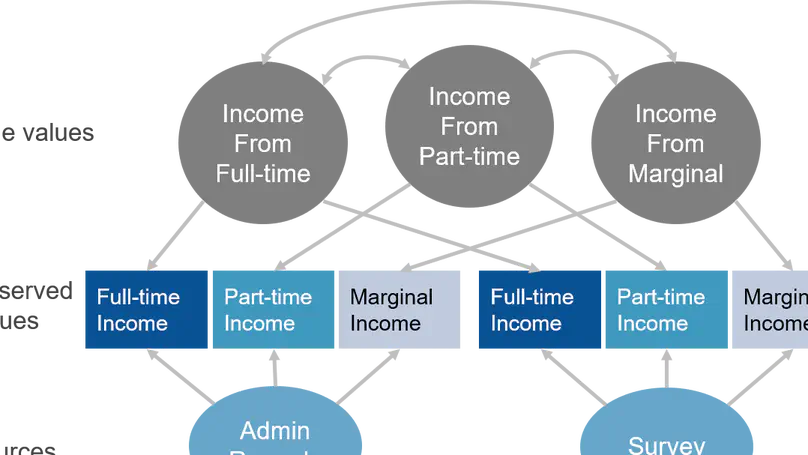
Administrative data are increasingly important in statistics, but, like other types of data, may contain measurement errors. To prevent such errors from invalidating analyses of scientific interest, it is therefore essential to estimate the extent of measurement errors in administrative data. Currently, however, most approaches to evaluate such errors involve either prohibitively expensive audits or comparison with a survey that is assumed perfect. We introduce the “generalized multitrait-multimethod” (GMTMM) model, which can be seen as a general framework for evaluating the quality of administrative and survey data simultaneously. This framework allows both survey and administrative data to contain random and systematic measurement errors. Moreover, it accommodates common features of administrative data such as discreteness, nonlinearity, and nonnormality, improving similar existing models. The use of the GMTMM model is demonstrated by application to linked survey-administrative data from the German Federal Employment Agency on income from of employment, and a simulation study evaluates the estimates obtained and their robustness to model misspecification. Supplementary materials for this article are available online.
Recent & Upcoming Talks
Research Projects
Additional Publications
Contact
- steph@umd.edu
